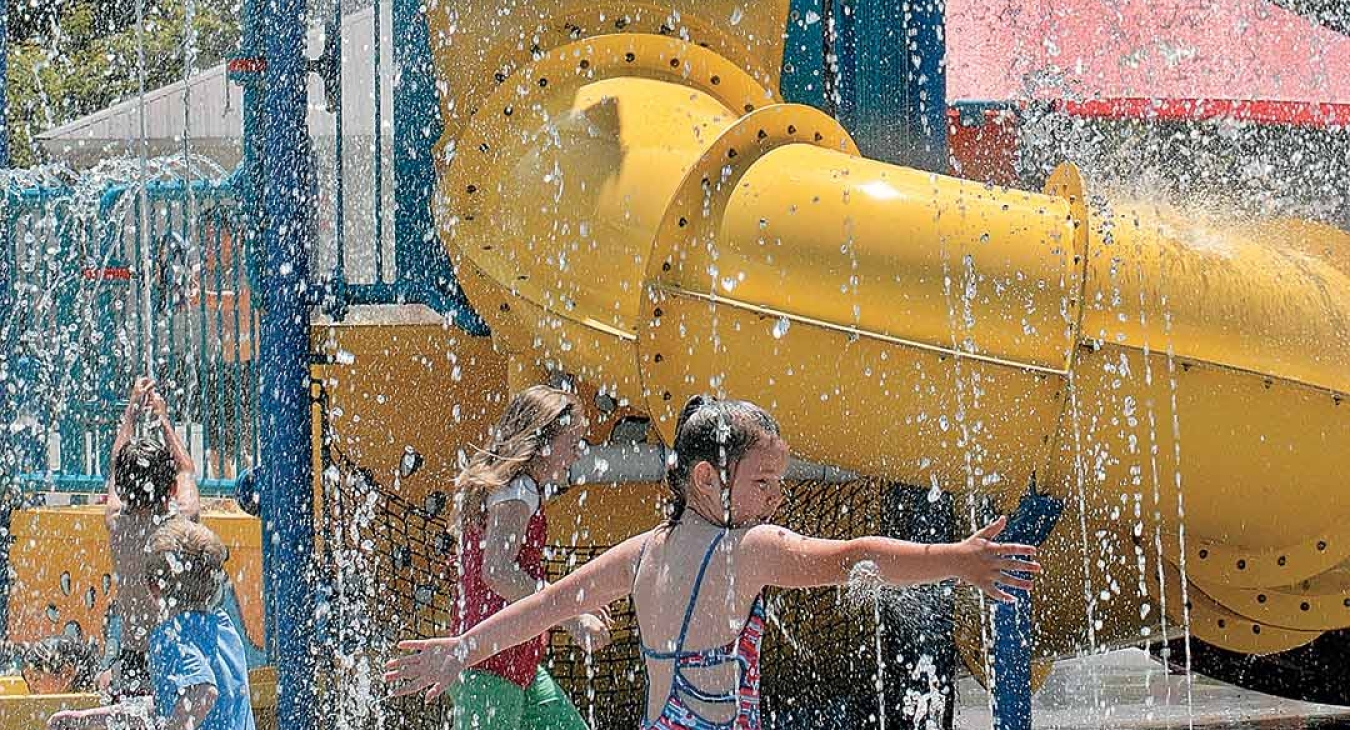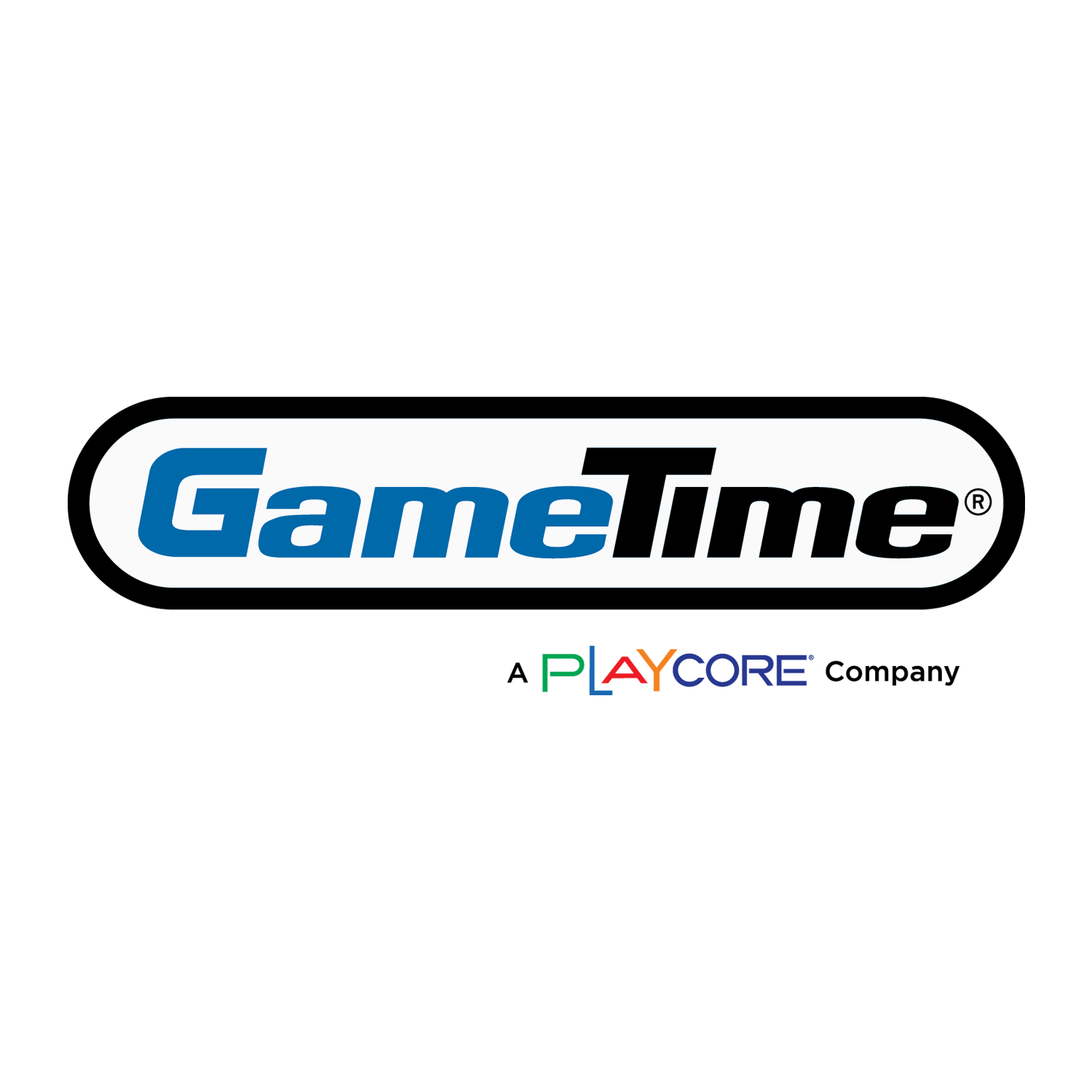What to Consider
Unfortunately, it’s a scene all too familiar to parks and rec managers in cities and towns across North America: Parks and recreation budgets have been slashed, money is tight, employee furloughs are more common than ever, and yet the demand for city services has not let up; in fact, in some cases, it’s increased as families embrace the concept of staycations.
Some parks departments across the country are just trying to maintain the status quo, let alone even broach the idea of installing new equipment, whether post and platform playgrounds, nature-based play areas, spray parks, or skateparks.
Or if there is money in the budget for installation of some sort, park managers are scrutinizing what’s the most they can do for the money they have. With all the dour economic news these days, it’s hard to believe, but opportunities are left even in today’s economic climate to open new facilities. But you want the most bang for your buck.
What many towns and communities across the country are finding as an attractive option is splash/spray parks. While spray parks have been around for years, their appeal has dramatically increased over the past decade or so, partially because their design allows for lower maintenance and operating costs compared to traditional swimming pools. And, if designed right, a spray park’s features can be changed every so often for a fresh new look.
Glenn Barrie, principal at southeast Pennsylvania-based Camellian PlayScapes, explained why spray/splash parks’ popularity is on the rise and why now might be the opportune time to invest in one.
Play A Significant Role
“People are tired of traditional swimming pools and they are seeking more excitement from their aquatic facility,” Barrie said. “For those communities that are in a position to afford a new aquatics facility, we are seeing spray parks play a significant role in these new amenities. Spray parks can certainly be found next to swimming pools, but it is becoming increasingly common to find individual spray features next to pools, spraying into the pool, and even in the pools. These non-traditional uses of spray features help to create an exciting environment that communities now demand.”
Barrie presented a seminar on spray parks at the National Recreation and Parks Association Congress in Salt Lake City, walking attendees through the process of what’s involved in designing and installing a spray park.
Barrie already hinted at a sometimes overlooked aspect of spray parks—they can be added to an existing facility; they don’t always have to be a complete new install. That can be appealing at older facilities that need sprucing up. Or, if you go with a new install, zero-depth spray parks offer the benefits of no need for lifeguards, and the parks are usually designed to operate on their own, meaning the water only flows when there are children present.
While budgets may dictate how large a spray park will be, sizes do vary, as Barrie pointed out. A spray park can be built on a pad that is as little as 1,000 square feet or as large as 10,000 square feet, although the average size is 2,500 square feet, he said. “Depending on design, spray parks accommodate approximately one child per 20 square feet,” Barrie said. So, doing the math, 125 kids can enjoy a 2,500-square-foot spray park at any one time.
Due to the nature of their design, compared to a traditional outdoor pool, spray parks can have a longer operating season—of course, depending on the climate you’re in. It’s easy to turn on the water (or keep it going) in a spray park if, say, the weather stays warm into September when you traditionally might close on Labor Day. Or it’s easier to get a spray park ready earlier in the season compared to a traditional swimming pool if the weather warms up sooner than expected. According to Aquatic Recreation Company’s Amy Altman, the addition of a water heater can help extend a spray park’s season. She said the initial cost of a heating system, which includes the heater, gas line and flu/venting, can run approximately $8,000-10,000. Then, after installation, operational costs average about $1,000 per year for gas. She pointed out, “There are some limitations as to where you can install a heater, such as below ground equipment areas are not a good fit.”
However, a little longer season means parks managers have some flexibility they might not have had before installing a spray park.
Decisions To Be Made
All things considered, there are a couple of decisions that need to be made early on in the design and planning stages: a recirculating water system vs. a single pass system and stainless steel vs. fiberglass water structures.
First, the recirculating vs. single pass decision. A recirculating system reuses the water whereas with a single pass system, the water basically just goes down the drain after it’s used.
According to Altman, recirculating systems are the more popular of the two even though recirculation falls under some traditional pool rules because you have to go through the health department for permits to deal with keeping the water clean from bacteria or other potential water-borne illnesses. Generally speaking, if you utilize a single pass system, you don’t need as many permits and usually don’t have to consult a health department.
So while there may be more up front costs, due to permits, water treatment, etc., for a recirculating system, “The long-term costs will pay for themselves in five years,” Altman said.
Simply put, even though a municipality may choose a single pass system to save up front costs, Altman said, “A single pass is not as environmentally friendly. The water just goes down the drain. After five years, it will be cheaper to have a recirculating system.”
She added, “Towns will install a single pass system and then get the first water bill and have to limit use because they can’t afford to run it.”
Water Lost
That’s not to say you don’t lose water with a recirculating system. Altman said a spray park loses about 10 percent of its water daily. So if you have a 2,000-gallon water tank or water reservoir for your spray park, that 10 percent loss—assuming the spray park uses the general industry average of 200 gpm—means you’re losing 200 gallons a day. That, compared to 200 gallons down the drain every minute the spray park is being used.
“It comes down to water conservation,” Altman said.
Altman also pointed out that a recirculating system stretches the construction time for a spray park to 3-4 months (usually because of the permitting and health department processing times) compared to 2-3 months for a single pass system.
As for the stainless steel vs. fiberglass issue, Camellian’s Barrie said he feels the best choice for most spray park features is stainless steel, especially in spray parks using treated water. “Stainless steel resists corrosion and degradation in environments with high levels of chlorine or standing water,” he said.
Altman said stainless steel is considered to be more vandal proof, despite the fact that stainless steel can be permanently damaged whereas fiberglass can be repaired more easily. “Urban areas are moving more to stainless steel because of potential damage from vandals,” she said.
On the flip side, fiberglass won’t corrode and doesn’t conduct electricity. With stainless steel features, each feature has to be grounded.
If you go with stainless steel features, Barrie has a couple of suggestions to extend the life of the equipment. First, he said, “It is recommended that a coat of paste wax be applied to all spray park equipment.” Then, “Throughout the year, components should be buffed and polished on a regular basis to maintain quality and durability.”
Picking Features
As for which water toys/features you should look at when planning your spray park, Barrie also had some suggestions there. “The best spray parks are a combination of ground sprays, pass-through elements, columns/uprights, overhead dumping/spraying activities and interactive features,” he said.
If your budget doesn’t allow all those features or forces your department to start small with your spray park, ARC’s Altman suggested, “installing plumbing to certain spots and just capping it off so you can add products/features over the years as you get money.”
Proper surfacing can also be a big decision for parks managers. “The surface of a spray park is as important as the selection of toys,” Barrie said. “Choose a nonporous surface to prevent mold or other biological organism build-up and a non-slip to prevent injury.”
Barrie highlighted three options:
Broom-Finished Concrete
- Most widely used spray park surface
- Least expensive option
- Easy to clean
- Coloring, stamping or acid etching can enhance the theme of the park
Rubberized
- Very popular, but …
- May provide a false sense of security
- Higher maintenance costs
- Difficult to clean
Plexi-pave
- Similar to tennis court applications
- Comfortable on bare feet and provides good grip
- Allows for vibrant colors and patterns
The sheer variety of options you can choose from on everything from the design to the water features to the surfacing is just one more advantage of a spray park versus a traditional swimming pool. Add to that the fact that you can change features every so often to keep the spray park looking new and there just aren’t many downsides to installing a spray park.
About the only thing traditional pools have in common with spray parks is they both use water. And again, spray parks can be a less expensive alternative to traditional pools, something Barrie, who has been in the recreation industry for 10 years and selling spray parks for the past six years, pointed out as he shared his thoughts about what is influencing the spray park industry today.
“I see two distinct areas of influence,” he said. “First of all, there is a large body of existing pool facilities that were built between the 1950s and 1980s. Many of these aging facilities are near or at the end of their lifecycle and communities are looking to replace them. A new pool can be a significant expense for a community in the face of today’s shrinking budgets. For those communities that cannot afford a new pool, a spray park is an excellent alternative.
“The second area of influence comes from design professionals like pool designers, landscape architects, and architects. We are seeing very cool and daring designs coming from these folks and I expect to see more creative uses of water in the future.”
Sources
Glenn Barrie
Camellian PlayScapes
(877) 234-6327
www.camellian.com
Aquatic Recreation Company
(877) 632-0503
www.arc4waterplay.com

















